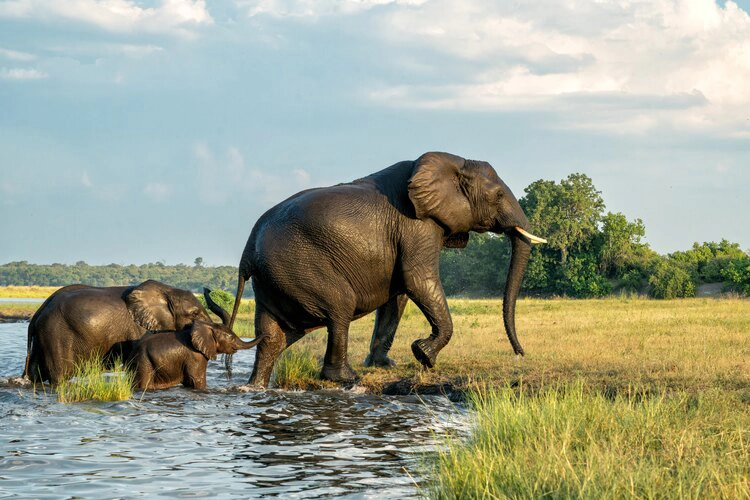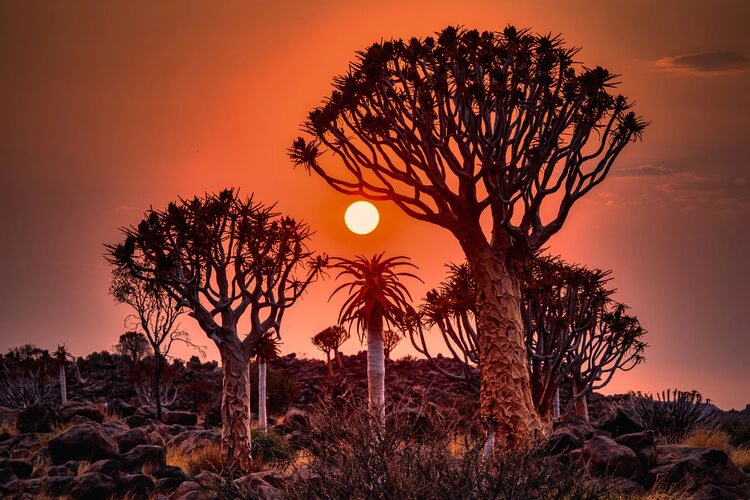
Plans to cull 723 animals – including elephants, zebras, hippos and other wildlife – as Namibia faces most severe drought in 100 years
By
In the latest measure to combat Namibia’s worst drought in centuries, the country’s government has approved the contribution of game meat – sourced from national parks and communal areas – supporting drought relief programme that more than 331,000 households have signed up for.
The Ministry of Environment, Forestry & Tourism will provide a total of 723 animals: 30 hippos, 60 buffalos, 50 impalas, 100 blue wildebeest, 300 zebras, 83 elephants and 100 elands – all of which will be culled by professional game hunters or safari outfitters. According to the UN, 84 per cent of the country’s food reserves have been exhausted, while almost 50 per cent of the 2.5 million inhabitants of Namibia will face food shortage in the next few months – a period where food is the scarcest.
The Ministry describe how the reduction in animals will help to manage current grazing pressures and water availability, by reducing wildlife numbers in some parks and communual areas – particularly in those where numbers exceed the availability of grazing materials and water.
As of this week, 157 animals – comprising of species not specifically named by the Ministry – have been hunted in Mangetti National Park. A further 20 animals were culled in Mahango, 70 in Kwando, 6 in Bufallo and 9 in Mudumo, delivering a total of 56,875 kilograms of meat to the drought relief programme. Elephant meat will be provided to the drought relief programme following increased reports of human-wildlife conflicts, with concerns over increased cases due to the severe drought across the country.
What are the efffects of the drought?

The drought – declared as a National Emergency back in May by President Nangolo Mbumba – was brought on by the effects of El Niño. Approximately 92 per cent of the country is characterised as very arid, arid or semi-arid, and rainfall is very infrequent. All 14 regions of Namibia are affected by the drought, with inflation, economic decline and unemployment widespread. A 53 per cent decline in cereal production, and 70 per cent reduction in dam water levels, has been reported.
Repercussions from the drought include acute malnutrition in children under five, and in some regions, death. Women and girls who must walk long distances for food and water may also be subjected to gender-based violence during the drought.To combat such issues, the World Food Programme, UNICEF and the UN Population Fund aim to support 163,000 people in Namibia by providing cash assistance, treatment for acute malnutrition, rehabilitation of water supply points, and assisting survivors of gender-based violence.
The US, through the United States Agency of International Development (USAID) is also providing $4.9 million in humanitarian assistance to improve the deteriorating food security conditions across Namibia. This includes providing food and nutrition assistance to 56,000 vulnerable individuals – primarily children and pregnant and breastfeeding women – from Indigenous communities.




